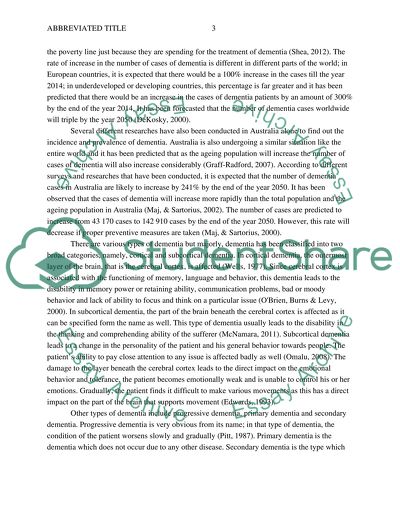Cite this document
(“Dementia and Music Research Paper Example | Topics and Well Written Essays - 2000 words”, n.d.)
Dementia and Music Research Paper Example | Topics and Well Written Essays - 2000 words. Retrieved from https://studentshare.org/health-sciences-medicine/1456502-dementia-and-music
Dementia and Music Research Paper Example | Topics and Well Written Essays - 2000 words. Retrieved from https://studentshare.org/health-sciences-medicine/1456502-dementia-and-music
(Dementia and Music Research Paper Example | Topics and Well Written Essays - 2000 Words)
Dementia and Music Research Paper Example | Topics and Well Written Essays - 2000 Words. https://studentshare.org/health-sciences-medicine/1456502-dementia-and-music.
Dementia and Music Research Paper Example | Topics and Well Written Essays - 2000 Words. https://studentshare.org/health-sciences-medicine/1456502-dementia-and-music.
“Dementia and Music Research Paper Example | Topics and Well Written Essays - 2000 Words”, n.d. https://studentshare.org/health-sciences-medicine/1456502-dementia-and-music.


